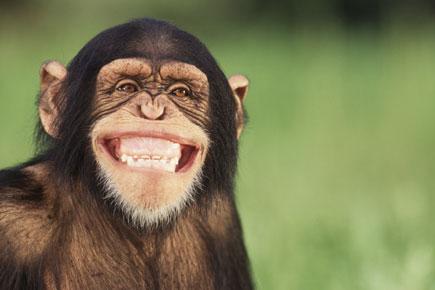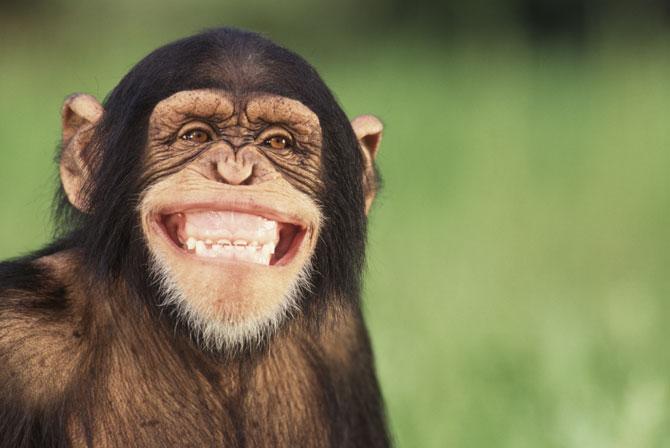Researchers said the findings indicate humans and monkeys perceive and misperceive the world similarly, which reflects resemblances in these species' perceptual systems and their interpretation of their physical worlds

Washington: Monkeys perceive visual illusions in the same way that great apes and humans do, according to a new study.
ADVERTISEMENT
Researchers said the findings indicate humans and monkeys perceive and make a mistake in perceiving the world similarly, which reflects resemblances in these species' perceptual systems and their interpretation of their physical worlds.

In the study, capuchin monkeys and rhesus monkeys saw the Delbouef illusion in a manner similar to human adults. Visual illusions emerge when information is not perceived correctly on the basis of surrounding context or presentation style. The Delboeuf illusion is a type of visual illusion where a dot surrounded by a large ring is perceived by humans to be smaller than the same-sized dot surrounded by a small ring.
This occurs because the ring creates a specific context in which the dots are perceived. The Delboeuf illusion has been studied extensively in humans, but previously, only one study has presented this illusion to an animal species.
"These results, along with others, show that humans and monkeys share similarities in their perceptual systems," said Audrey Parrish, a graduate student at Georgia State University who conducted the research.
The research team conducted two computer experiments with human adults and monkeys. Humans were tested at individual computer stations with a personal computer, digital monitor and computer mouse. They were rewarded for correct answers with written feedback on
their computer screen.
Monkeys were trained to use joysticks for computerised testing and completed tasks with a system consisting of a colour monitor, personal computer, digital joystick and food pellet dispenser. Correct responses were rewarded with banana-flavoured pellets. Monkeys and humans then completed a computer task that asked them to choose the larger of two central dots that were sometimes surrounded by the Delboeuf rings.
Humans perceived the Delboeuf illusion, overestimating central dots when small rings surrounded them and underestimating the size of central dots when large rings surrounded them. Monkeys, on the other hand, did not show evidence of the illusion. The researchers were concerned that the monkeys had used outer ring size during the dot judgments, rather than the dot alone. To address this concern, they ran a second experiment.
In the second experiment, monkeys and humans played a computer game in which they were required to classify a central dot as small or large. Sometimes, a thin ring of variable size surrounded the dot. The researchers found evidence of the Delboeuf illusion in all three species. Capuchin monkeys and rhesus monkeys, like humans, classified dots presented inside large rings as small more often than the same-sized dots presented inside small rings. This showed that the context created by the ring, which was supposed to be ignored, generated a visual illusion.
 Subscribe today by clicking the link and stay updated with the latest news!" Click here!
Subscribe today by clicking the link and stay updated with the latest news!" Click here!






